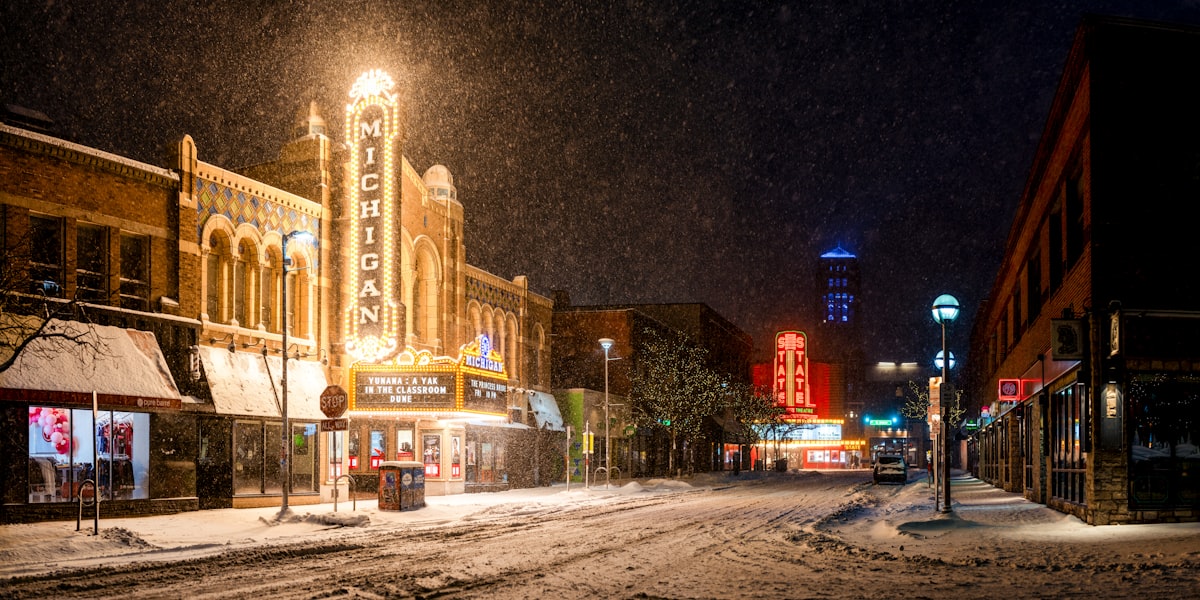Occupancy Rates in Ann Arbor
Residential vacancy in Ann Arbor is about 2-3%. Michigan’s vacancy rate is 5.2%. The national vacancy rate is between 5-7%.

A neighbor on Nextdoor asked,
Where can I find data on occupancy rates of new multi-story dwellings downtown, including affordable units, regularly priced units, and retail spaces on the first floor?
This was my response:
I don’t think anyone in the City maintains the data you are seeking. I believe you could get estimates by cobbling together information from multiple sources and resources.
For instance, residential vacancy in Ann Arbor is about 2-3%, Michigan’s vacancy rate is 5.2%, the national vacancy rate is between 5-7%. Student vacancy in Ann Arbor is closer to 1-2%.
rate.com estimates “Among Ann Arbor residents, there is a homeowner vacancy rate of 0.9% and a rental vacancy rate of 2.8% from a total of 50,532 units.”
Commercial vacancy is higher between 10-13%.
Spark in their January 2022 report puts commercial vacancy at 10% - https://annarborusa.org/news/site-selection-resources-and-insights-key-takeaways-from-swishers-2021-year-end-vacancy-report/
Colliers reports these vacancy rates: Office: 10.4% | Retail: 3.7% | Industrial: 4.7% | Multi-family: 2.4% https://www.colliersannarbor.com/vacancy-rates
As for affordable housing, what do you mean by affordable? Are you talking 60% of AMI or 80% of AMI? In Ann Arbor, there is no requirement for any developer to provide affordable (60% or 80% of AMI) units, except for premiums in downtown. Developers can exchange affordable units for more Floor Area Ratio (FAR). Floor area ratio (FAR) is the measurement of a building's floor area in relation to the size of the lot/parcel that the building is located on. Or in approved Planned Unit Developments (PUD).
The City (Ann Arbor Housing Commission) has 475 affordable (I think, 60% of AMI) units in 17 properties. I imagine these units are all occupied. https://storymaps.arcgis.com/stories/d410d86112594129b6b58aa288615ca5
Avalon Housing, a local Ann Arbor non-profit building healthy, safe & inclusive supportive housing communities as a long-term solution to homelessness, has 388 units of low-income housing across their portfolio of 26 properties. https://avalonhousing.org/our-homes/
Each property that pays taxes also pays into our affordable housing millage at 1-mill. Allowing the Ann Arbor Housing Commission to build affordable units like the new development going in at 4th & Catherine. This development will create 68 affordable (60% of AMI) units. With an estimated $20M construction cost, each unit of affordable housing costs about $295K. Currently, there is about $6M in the millage, and the City’s latest budget has contributed about $9M towards affordable housing. Developments like this one will be financed through multiple sources including Low Income Housing Tax Credit (LIHTC). https://www.michigan.gov/mshda/developers/lihtc/lihtc/low-income-housing-tax-credit-lihtc
One of the reasons why local housing advocates are vocal about their support of new housing construction is the notion that much of our housing affordability issue is tied closely to our housing supply, which is woefully behind our need. One local developer (Peter Allen and Sarah Lorenz, co-founders of the Equitable Ann Arbor Land Trust) says that Ann Arbor needs about 5,000 - 10,000 new units of housing to catch up with demand. The last housing boom in Ann Arbor was in 1950s - 1970s where the City was averaging about 1,200 new units of housing a year. Today, we are averaging about 250 units of housing a year. https://www.mlive.com/news/ann-arbor/2021/05/new-nonprofit-group-aims-to-bring-equitable-housing-to-ann-arbor.html